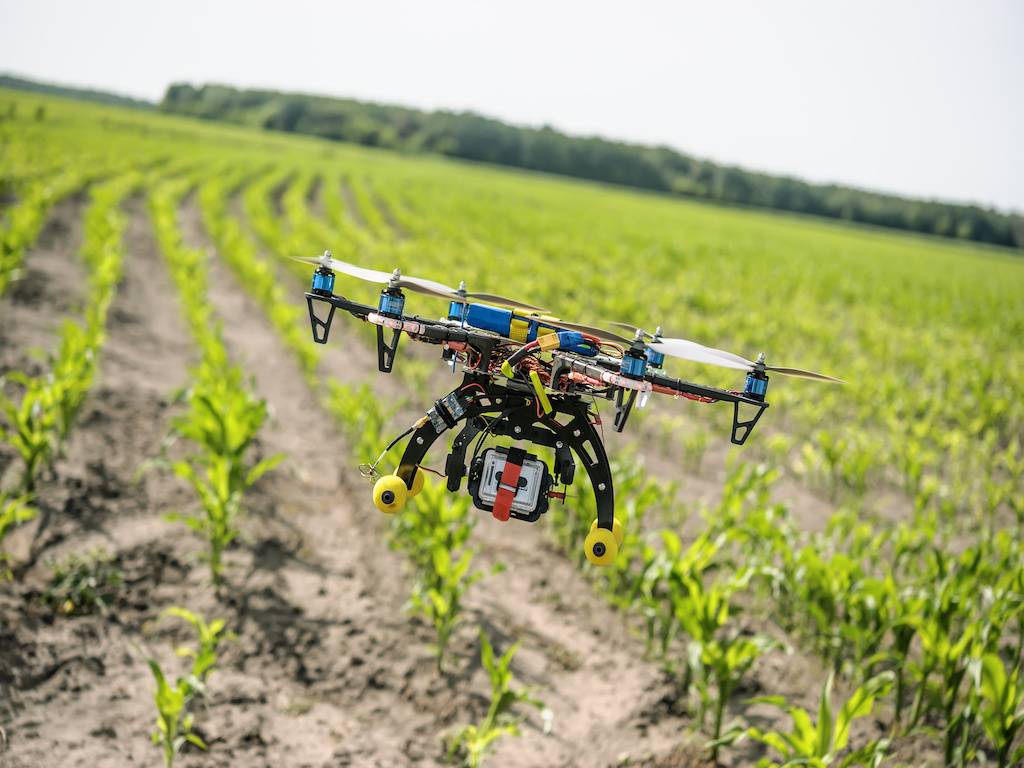
By 2025, the world's population is expected to surpass 9 billion people. With a sharp increase on the horizon, governments must consider innovative ways to feed their people. It is not, however, easy. As the population shifts from rural to urban areas and no one steps forward to handle next-generation farming, now is the ideal time to introduce disruptive technology such as artificial intelligence and robots into agriculture.
Many business areas, such as customer service, manufacturing, shipping, and transportation, have already been invaded by robotics. Fortunately, agriculture is the next industry to embrace technology for a dramatic transformation. But, of all the technologies, why robotics? Because it can bridge the gap between labour and production requirements.
Primary producers are increasingly turning to robots to solve many issues in agriculture, which is experiencing a high-tech transformation. Robotics is already being used to solve manufacturing problems in the United States, Australia, Japan, and Europe. In the following years, the use of robotics in agriculture is expected to skyrocket.
Top 10 Robotics Applications in Agriculture
Autonomous Precision Seeding
Farmers sprinkled them with a 'broadcast spreader' attached to a tracker when modern machinery became available. Despite the fact that the operation became simple, the associated features tossed a huge part of the seeds over the field, causing it to be completely wasted. Autonomous precision seeding can help, thankfully. The system can plant the seeds exactly where they need to be for optimum development using a mix of robotics and geomapping.
Multi-Talented Harvesting Robots
Robots are well-known for taking over monotonous activities from humans. When it comes to harvesting and picking, they do just that. Harvesting is a tedious task that must be completed in order to reap valuable food items. Robots are taking over these tiresome activities to relieve people of them. While robots can readily plant and harvest basic food grains like wheat and barley, others, such as fruit and vegetable harvesting, require multi-talented robots.
Micro-Spraying Robots
The majority of the chemical repellent that is sprayed on the plants ends up damaging the soil. Despite the fact that the ground is regularly churned to vary its texture, the future planting has a lower chance of escaping the chemicals. It also has a negative impact on the ecosystem. As a result, farmers are employing micro-spraying robots to mitigate the effects. Micro-spraying robots can detect weeds and spray a targeted drop of pesticide onto them using future computer vision technology.
Robotic Automation Process (RPA)
Planting at a nursery is a popular choice among growers. We may receive veggies and fruits for our daily needs by cultivating the necessary crops at home. It is, however, rather time consuming to groom and water them on a regular basis. This is where robotic automation shines the brightest. All nursery planting tasks are handled by robotic process automation, including watering at regular intervals and plucking mature vegetables or fruits.
Robots To Remove Weeds
Farmers' main adversary is weeds. It takes time and effort to get rid of their infamous unwanted growth. As a result, farmers are turning to robotics to combat the problem. Autonomous robots equipped with computer vision technology are capable of precisely recognising weeds and pulling them out before they spread.
LiDAR-Powered Robots To Collect Data
It's just as vital to know how the plants are doing and how the soil is doing as it is to water them. A typical soil or plant analysis, on the other hand, takes several days since the farmer must collect samples and exchange them with researchers in order to obtain the results. LiDAR-powered robots, on the other hand, make the task easier. They gather information on the health, physiology, and stress response of plants and utilise it to improve the situation.
Drones
Drones aren't exactly new in the farming world. Drones have been used to photograph fields from the air since the 1980s. Agriculture was one of the first industries to fully utilise modern drones, which were driven by artificial intelligence. Drones are now being utilised for 3D photography, map-making, and crop monitoring.
Autonomous Agricultural Robots
The most recent breakthrough in robotics in agriculture is the agricultural autonomous robot. These robots can multi-task thanks to a variety of capabilities and cutting-edge technology aboard. From cloud seeding to seed planting, weed management, harvesting, environmental monitoring, and soil analysis, they can do it all. It can handle all aspects of agriculture, including end-to-end procedures and the automation of difficult manual operations.
Robot-Assisted Precision Irrigation
Climate warming and the world's impending water scarcity are extremely serious concerns. As a result, conserving water is fundamental to farming. Unfortunately, fertilisation and irrigation operations consume a significant amount of water, the most of which is wasted. To address this issue, robot-assisted precision irrigation appears to be a viable option for reducing water waste by focusing on certain plants.
Sorting And Packing Robots
Sorting and packaging, more than the actual agricultural job, need a large number of human operators. Human labourers in packaging are in high demand in today's fast-paced manufacturing environment. As a result, many farming businesses are turning to sorting and packaging robots to help them do jobs at a rapid rate without breaking. These robots can speed up the packaging process thanks to their coordination abilities and line tracking technologies.
Robotics in agriculture and farming, notably dairy farming, is likely to reach new heights in the next years with the involvement of central authorities.
















